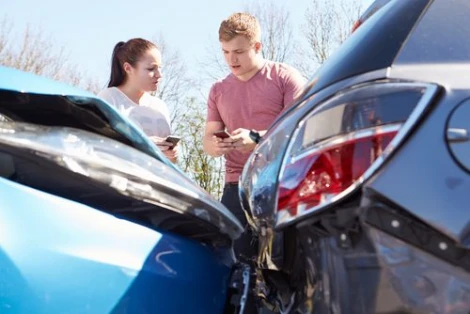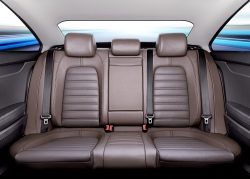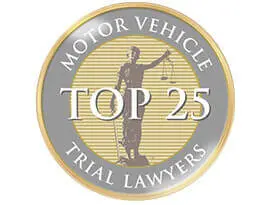
Parents are in a tough spot when their teen begins to drive. They want to provide a safe vehicle, but they need to stay within their budget. So each year, the Insurance Institute for Highway Safety compiles a list of safe and affordable used vehicle recommendations for teen drivers. The goal of this list is to provide parents and guardians a guide to follow when considering first-time and novice driver vehicle purchases.
The IIHS teen vehicle recommendation list has multiple tiers. The first is titled “best choices”, which includes vehicles that have good ratings in the four oldest IIHS crashworthiness tests and cost less than $20,000. The second tier is “good choices”, which includes vehicles that may not have perfect ratings in some crash tests, but are available for less than $10,000. The IIHS criteria emphasize safety. All the vehicles on the recommended list perform well in crash tests conducted by the Institute and the federal government. And all have standard electronic stability control.
The most recent list included about 150 vehicles, which is an increase of more than 50% from the previous year. More than 80 cost $10,000 or less and 19 are $5,000 or less. The safest vehicles from each size category are listed below:
- Large Cars: Volvo S80 (2007 and newer)
- Midsize Cars: Volkswagen Jetta sedan and wagon (2009 and newer)
- Small SUVs: Honda Element (2007-2011)
- Midsize SUVs: Volvo XC90 (2005 and newer)
- Large SUVs: Chevrolet Traverse (2011 and newer)
- Minivans: Dodge Grand Caravan (2012 and newer)
- Pickup Trucks: Toyota Tundra extended cab (2007 and newer)
The list includes many popular models that may already be in your driveway, so you may want to consider a hand-me-down when the time comes.
When buying a used vehicle for a teen, there are a few things you shouldn’t compromise on:
- Stay away from high-horsepower vehicles that can encourage risky driving.
- Avoid small cars because they’re not as protected in a crash.
- No teen should be driving a vehicle without electronic stability control. ESC is crucial because it helps to prevent loss-of-control crashes that inexperienced teen drivers are more prone to be involved in.
When thinking about safety, parents may focus on features like the number of airbags. But a key part of crash protection is a vehicle’s size and weight. Bigger, heavier vehicles are more protected in a crash than small, lighter ones. Last year’s recommendations did not include any pickups because those that met the IIHS safety criteria were too expensive to meet the price cap. This year there are several pickups on the list.
Unfortunately, many of the used vehicles recommended for novice teen drivers still cost more than many people are used to paying. We recommend that parents consider paying a little bit more for safety if they can. The extra money up front may be worth it in the long run if a teen’s life is saved.









